Sublimation Process: Step-by-Step Guide for Flawless Prints
The sublimation process transfers designs onto items using heat, special ink, and sublimation paper. Start by creating a high-resolution design, print it on sublimation paper, and place it on your blank (shirt, mug, or tumbler).
Apply a heat press at the right temperature and time. This method delivers vibrant, long-lasting prints perfect for custom apparel and personalized products.
Subli Genius Print offers cutting-edge sublimation printing solutions that transform your designs into vibrant, long-lasting prints on a variety of materials. From textiles to ceramics, our expert sublimation process helps you bring your creative vision to life.
What Is Sublimation Printing?
Ever snag a custom shirt or mug with colors that just pop and hold up forever? That’s sublimation printing doing its thing. It’s a simple digital setup that heats dyes to fuse them right into stuff like fabrics or ceramics, so the design becomes one with the material, no surface junk.
Rough Startup Costs for Sublimation Basics
(Costs are beginner-level averages; prices fluctuate.)
The trick? Heat turns the dye to gas, letting it seep deep for that fade-proof, full-color punch. Beats regular printing hands down, no cracks or peels after a few washes.
Quick essentials to start:
- Sublimation printer and ink: For those gas-shifting dyes regular ones can’t touch.
- Sublimation paper: Your coated transfer buddy that releases on command.
- Heat press or oven: Cranks to 400 degrees to seal the deal.
- Blanks: Polyester shirts, coated mugs, tumblers, anything the dye can latch onto.
It’s blowing up, market at 16.4 billion bucks this year. Perfect for jerseys or quick gifts, way crisper than screen printing on small jobs.
Dye Sublimation Printing Market Growth (2025-2030)
Projections at 11.3% CAGR; numbers rounded for simplicity.
Snag the gear, whip up a design, and watch your DIY game level up. Next one’s gonna kill it.
Essential Tools & Materials
If you’re ready to dive into custom tees or mugs on the cheap, snag a full setup for under 500 bucks, easy. Focus on pieces that mesh well, and skip the overkill stuff till later.
Here’s the must-haves, with fresh prices from spots like Amazon and craft sites. I kept it to beginner picks that won’t let you down.
- Printer: Epson EcoTank ET-2720 or SureColor F170 for smooth conversions and endless ink; 170 to 400 dollars on sale, prints crisp without refills every five minutes.
- Ink: Sublimation dye kits from Hiipoo or Koala, gas-ready for killer colors; full CMYK set about 20 bucks, good for loads of projects.
- Paper: A-Sub or Epson transfer sheets to dodge smudges; 100-pack runs 20 to 35 dollars, your go-to for flipped designs.
- Heat Press: Cricut EasyPress 2 for flats (149 dollars) or mug version for cups; match it to your first make, hits 400 degrees no sweat.
- Substrates: Polyester shirts, coated mugs, phone cases that grab dye tight; a few bucks each, great for jersey tests or gift runs.
- Extras: Heat tape for secure wraps, lint roller for clean starts, gloves to skip burns; under 10 bucks total, total game-savers.
Hunt a 399-dollar bundle online, and you’ll press your debut design come weekend. That first pop of color? Hooked for life. Check Sublimation Printing Basics: Master Tools, Materials, and Avoid Mistakes
Compatible Materials
- Polyester Fabrics: T-shirts, hoodies, tote bags, etc.
- Ceramic Mugs: White or light-colored ceramic mugs
- Metal Plates: Aluminum or stainless steel plates
- Glass: White or clear glass surfaces
- Wood: Certain types of wood, such as birch or beech
- Other materials: Phone cases, mousepads, and more
The compatibility of materials may vary depending on the specific sublimation process and equipment used. It’s essential to check the manufacturer’s recommendations for the best results.
Step-by-Step Sublimation Process
Alright, once you’ve got your tools lined up, the actual printing’s a breeze if you follow these steps. I remember my first go, fumbling the mirror flip, but now it’s second nature. Takes maybe 10 minutes total for a shirt.
Here’s how to nail it, from sketch to that fresh-out-the-press glow. Times and temps are for polyester basics; tweak for mugs or whatever.
- Design Creation: Fire up something like Adobe Illustrator or even free Canva to whip up or snag your graphic. Keep it bold, vector-style so it scales clean. Save as high-res PNG or whatever your printer loves.
- Printing: Flip the design horizontally in your software, then hit print on sublimation paper with your special ink setup. Use the highest quality mode; it’ll come out vivid, no blurry regrets.
- Preparation: Crank your heat press to 385 degrees Fahrenheit and let it warm up a couple minutes. Give the substrate, like a tee, a quick lint roll and preheat it too, so nothing shifts or fuzzes up.
- Transfer: Line up the paper face-down on the substrate, tape the edges with heat tape, and press firm for 45 to 60 seconds. Don’t peek; that heat turns the ink to gas and locks it in deep.
- Cooling: Peel the paper while it’s still warm if it’s the easy-peel kind, then let the whole thing chill on a flat surface for a minute. Boom, handle it gentle at first, and that design’s dishwasher-tough.
Run through this on a cheap blank first, and you’ll be cranking out custom gear like a pro by round three. What’s your first project gonna be?
The Chemical Process of Sublimation
Sublimation is a chemical process that involves a phase transition from solid to gas. It occurs when a solid substance is heated to a temperature at which its vapor pressure equals the surrounding atmospheric pressure. At this point, the solid transforms directly into a gas, without going through the liquid phase.
See our details post about sublimation printing.

History and Evolution
You ever wonder how something as cool as turning ink into a permanent part of your shirt started way back when folks were messing with potions? Sublimation’s been around longer than you think, kicking off with ancient alchemists spotting solids just vanishing into thin air.
Picture this: In places like ancient Egypt, Greece, and China, people watched stuff like camphor or arsenic heat up, go poof into vapor, and then reform on a cooler surface. That 8th-century Persian whiz Jabir ibn Hayyan jotted it down in his notes, using it to chase that mythical Philosopher’s Stone.
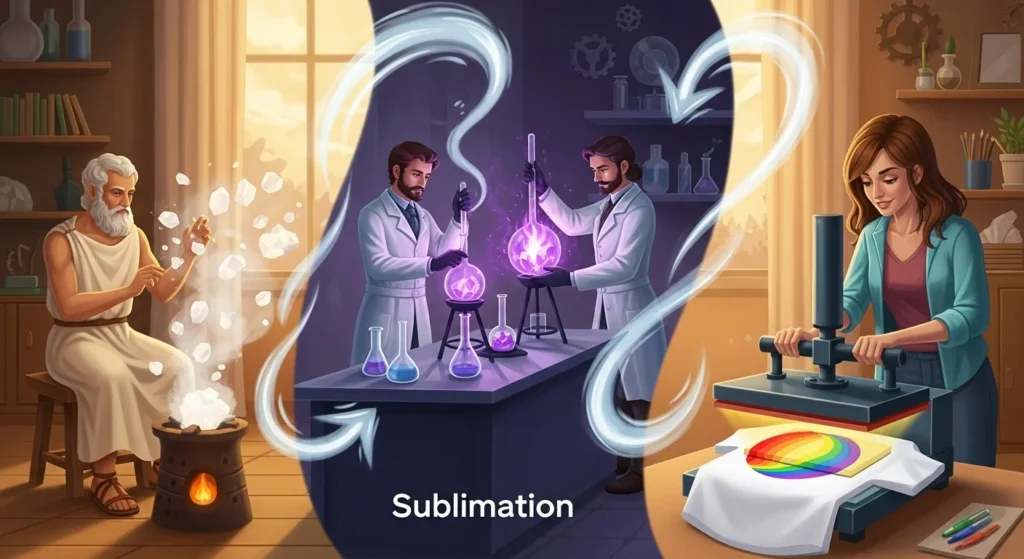
Fast forward to the 1500s, Paracelsus turned it into real science for tweaking chemicals, and by the 1600s, Robert Boyle nailed the term “sublimation” to describe the whole solid-to-gas skip.
It really took off in labs and factories over the next couple hundred years. Chemists like Lavoisier figured out the temp and pressure tricks, making it a go-to for cleaning up messy compounds.
Here’s a quick rundown of how it’s shaped up in big ways:
- Drying and Preservation: Think freeze-drying coffee or meds; water ice sublimes away under vacuum, keeping things fresh without the melt. Saved tons in food storage since the 1800s.
- Purification: Heat iodine or sulfur, watch the junk stay behind while the pure stuff vapors up and resolidifies. Labs still swear by it for spotless crystals.
- Materials Synthesis: Nowadays, it’s whipping up nanoparticles or super-thin films for electronics, all from vapor deposits that layer just right.
- Printing and Imaging: Jump to the late 1950s in France, where heat-sensitive dyes hit fabrics, evolving into the dye-sublimation printers we love today. By the 1970s, NASA jumped in with their own version, and boom, custom mugs and tees without the fade.
⚠️ Common Challenges & Troubleshooting
Nobody nails every print on the first swing, trust me, I botched a whole batch of mugs before figuring this out. But spotting the snag early means you’re back to vibrant stuff in no time. Let’s hit the usual suspects with fixes that actually stick.
- Fading Prints: Crank that heat press to the right temp, around 385 degrees for 45 seconds on polyester, and double-check your ink’s fresh; old stuff just won’t bond deep. I skipped this once and ended up with tees that looked washed out after one spin in the dryer.
- Ghosting: Slap on heat-resistant tape around the edges so your paper doesn’t slide mid-press, creating those annoying shadows. It’s like giving your design a secure hug, and yeah, it saved my sanity on tumbler wraps.
- Uneven Transfers: Peek under the hood of your press platen for hot spots or wonky pressure; a quick clean or shim can even it out for that smooth, all-over color. Folks swear by testing with plain paper first to map the quirks.
- Design Alignment: Flip your image horizontally before you print, every time, or it’ll end up backwards like a bad mirror selfie. Pro tip: Line up with registration marks if your software has ’em, keeps the hassle low.
Sublimation Techniques
Heat Transfer Process
The heat transfer process in sublimation involves the following steps:
- Printing: A sublimation printer prints the desired design or image onto a special heat transfer paper using sublimation ink.
- Cutting: The printed paper is cut to the desired size and shape.
- Placement: The paper is placed on the substrate (material to be printed), ensuring correct alignment and positioning.
- Heat Pressing: The paper and substrate are placed in a heat press machine, which applies high pressure and heat (typically between 350°F to 400°F) for a specified time (usually 1-5 minutes).
- Sublimation: The heat causes the sublimation ink to vaporize and penetrate the substrate, creating a permanent, full-color image. Check out 7 Amazing Sublimation Techniques You Need to Try.
Tips for Beginners
Man, I wish someone had slipped me these nuggets when I first fired up my press, saved me from torching a few too many blanks right off the bat. Sublimation’s forgiving if you ease in smart, so let’s hit the ground running without the rookie pitfalls.
- Start Small: Kick off with easy peasy designs, like a one-color quote or logo, on cheap blanks such as mouse pads or basic coasters that run a couple bucks each. Builds your confidence without the sting of messing up pricier stuff like tees.
- Test Runs: Whip up a scrap print every time to dial in your temps and times, it catches wonky colors or fades before they hit the real deal. I do this on plain paper first, takes two minutes but pays off huge.
- Documentation: Jot down your settings, like 385 degrees for 50 seconds on polyester, plus what ink batch or paper you used, so you can repeat the wins later. Keeps things steady when you’re scaling up to gifts or side hustle runs.
Benefits of Sublimation
High-Quality Prints: Sublimation offers:
- Vibrant Colors: Sublimation ink produces bright, vivid colors that don’t fade easily
- Long-Lasting Prints: Prints are durable and resistant to scratches, cracks, and fading
- Photorealistic Images: Sublimation can produce high-definition images with precise details
Versatility
Allows for customization on a wide range of materials and products, including:
- Fabrics: T-shirts, hoodies, bags, and more
- Ceramics: Mugs, plates, and other tableware
- Metals: Aluminum, stainless steel, and other metal products
- Glass: Phone cases, water bottles, and other glass surfaces
- Wood: Customized phone cases, coasters, and other wooden products
Eco-Friendly Process
An environmentally friendly printing method because:
- No Harmful Chemicals: Sublimation ink is free from toxic chemicals and heavy metals
- No Water Pollution: The process doesn’t involve water, reducing the risk of water pollution
- Low Energy Consumption: Sublimation requires less energy compared to other printing methods
- Minimal Waste: The process generates minimal waste, reducing the environmental impact
Applications and Advantages of Sublimation
Applications in Custom Designs
Textile Industry
- Printing on Fabrics and Garments: Sublimation is widely used in the textile industry for printing custom designs on fabrics, t-shirts, hoodies, and other garments.
- Custom Apparel and Fashion Designs: Sublimation allows for vibrant, photorealistic prints, making it ideal for custom fashion designs, sports jerseys, and personalized clothing.
Personalized Gifts
- Custom Mugs: Sublimation is perfect for creating personalized mugs with photos, quotes, or designs.
- Phone Cases: Custom phone cases with unique designs or photos can be made using sublimation.
- Home Decor Items: Sublimation can be used to create custom coasters, mousepads, and other home decor items.
Promotional Products
- Branded Promotional Items: Sublimation produces branded promotional items such as t-shirts, bags, caps, and water bottles.
- Customized Giveaways: Sublimation allows for quick and easy production of customized giveaways for events, conferences, and trade shows.
Advantages
- High-Quality Prints: Sublimation produces vibrant, long-lasting prints.
- Quick Turnaround: Sublimation allows for fast production and quick turnaround times.
- Cost-Effective: Sublimation is a cost-effective printing method, especially for small batches and one-off prints.
- Versatility: Sublimation can be used on a wide range of materials, including fabrics, ceramics, metals, and glass.
Advantages Over Other Printing Methods
Durability:
- Comparison with Screen Printing: Sublimation prints are more resistant to fading and wear than screen printing, especially on polyester fabrics.
- Comparison with Direct-to-Garment (DTG) Printing: Sublimation prints are more durable and less prone to cracking than DTG printing.
Comparison with Screen Printing
| Features | Sublimation Printing | Screen Printing |
|---|---|---|
| Fading Resistance | High | Low |
| Wear Resistance | High | Low |
| Best Fabric | Polyester | Cotton |
| Durability | Long-lasting | Prone to fading |
Comparison with Direct-to-Garment (DTG) Printing
| features | Sublimation Printing | DTG Printing |
|---|---|---|
| Durability | High | Medium |
| Cracking | Less prone | More prone |
| Image Quality | Photorealistic | Good |
| Material Versatility | Wide range | Limited |
Cost-Effectiveness:
- Small Batch Productions: Sublimation is more cost-effective for small batches (1-100 units) due to minimal setup costs and no screen fees.
- Large Batch Productions: Sublimation can be competitive with screen printing for large batches (1000+ units) when considering the cost of screens and setup.
Design Flexibility:
- Easy Design Changes: Sublimation allows for quick and easy design changes without significant cost implications, making it ideal for:
- Personalized products
- Limited edition designs
- Seasonal or promotional products
- No Minimum Order Quantity: Sublimation enables printing in small quantities or one-off prints, making it perfect for:
- Custom gifts
- Prototypes
- Test prints
Enhancing Knowledge and Practice
Innovations in Sublimation Technology
Latest Technological Advancements:
- Improved Ink Formulations: Enhanced color vibrancy, durability, and scratch resistance
- Advanced Printer Designs: Increased print speed, resolution, and precision
- Heat Press Machine Upgrades: Enhanced temperature control, pressure, and even heating
- Digital Printing Integrations: Seamless integration with digital printing software and workflows
Future Trends:
- Increased Automation: Automated sublimation printing and heat pressing for high-volume productions
- Sustainable Materials: Eco-friendly substrates, inks, and printing processes
- Expanded Material Compatibility: Sublimation on new materials like wood, glass, and metal
- Advancements in 3D Sublimation: Enhanced capabilities for printing on complex shapes and surfaces
Best Practices and Tips
Design Considerations:
- Resolution and Color Depth: Optimize designs for high-resolution printing
- Color Profiles and Management: Ensure accurate color representation
- Image Size and Orientation: Consider print size and orientation for optimal results
- Common Design Pitfalls to Avoid: Insufficient resolution, incorrect color modes, and poor image quality
Maintenance of Equipment:
- Regular Cleaning and Maintenance: Prevent dust and debris buildup in printers and heat press machines
- Ink and Material Handling: Proper storage and handling of sublimation inks and materials
- Temperature and Pressure Control: Calibrate and maintain heat press machines for optimal performance
- Software and Firmware Updates: Stay up-to-date with the latest software and firmware releases for optimal performance and new feature access
FAQs
Stay ahead of the curve with Subli Genius Print! By staying informed about the latest innovations, trends, and best practices in sublimation printing, you can enhance your knowledge and practice, leading to improved print quality, increased efficiency, and expanded creative possibilities.
Join our community of sublimation experts today and discover how Subli Genius Print can help you take your printing business to the next level!
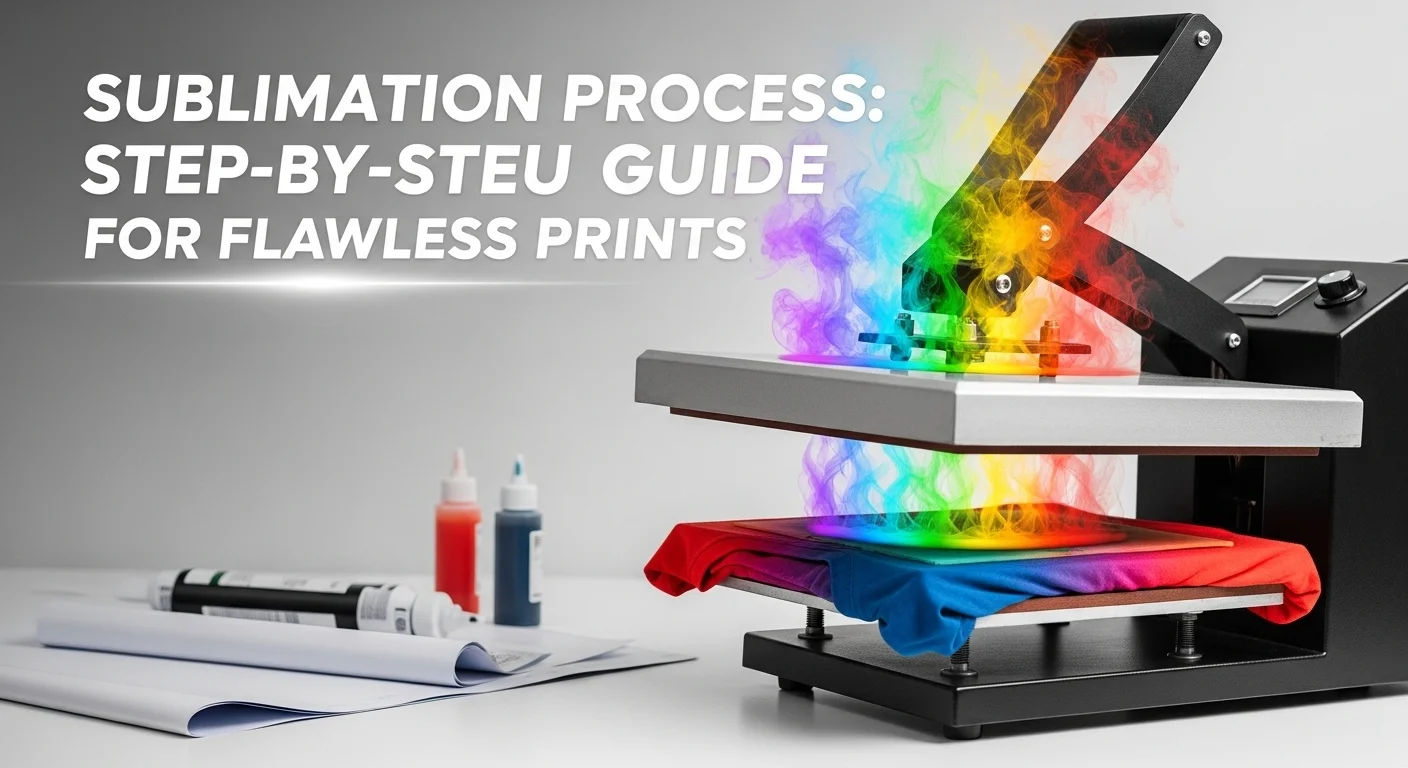
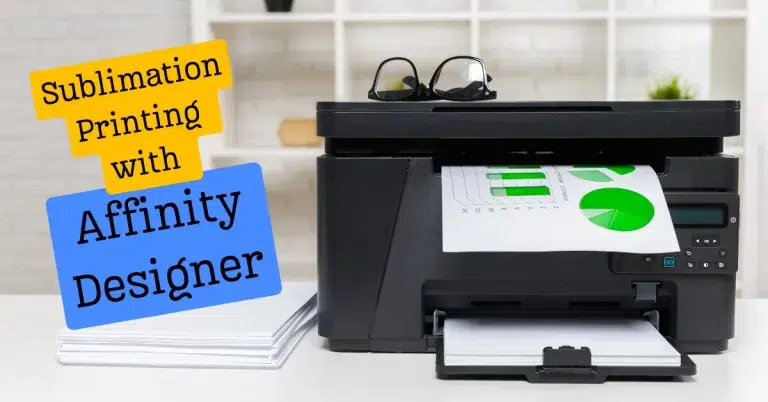
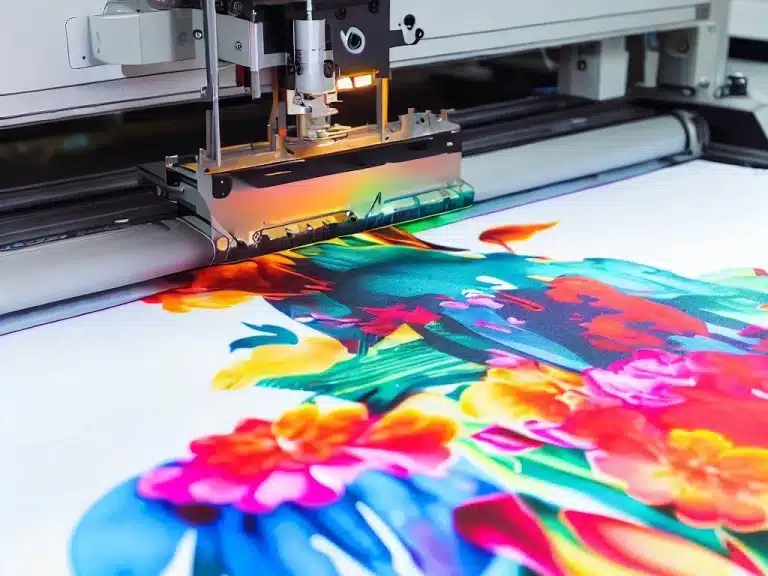
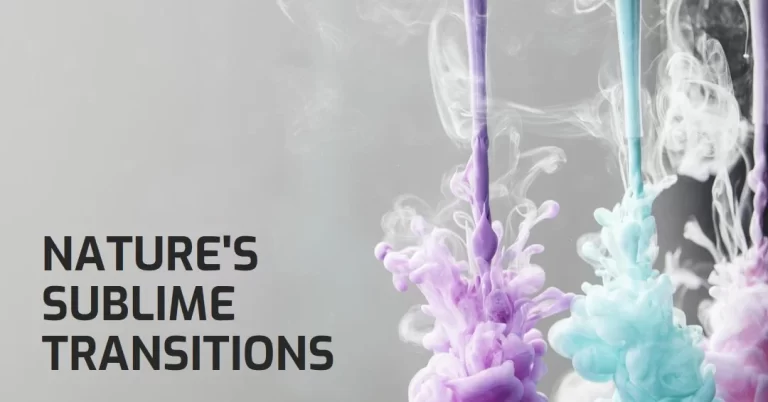
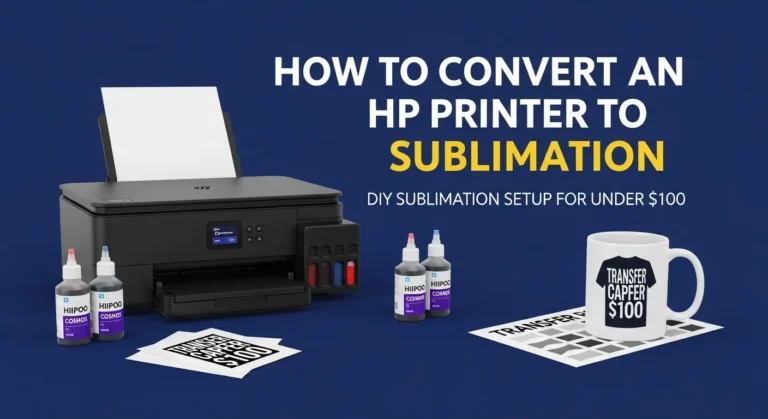
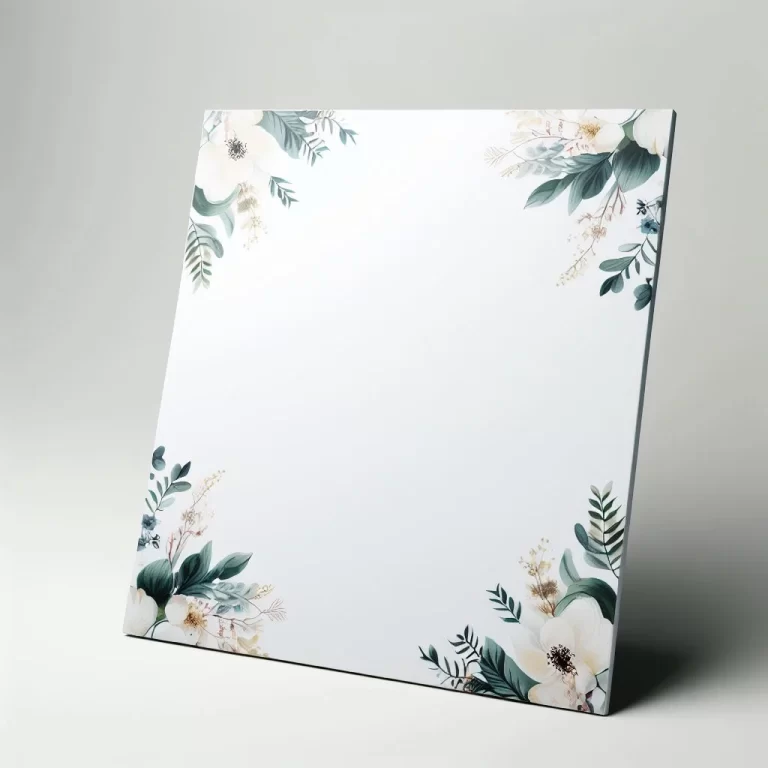
8 Comments